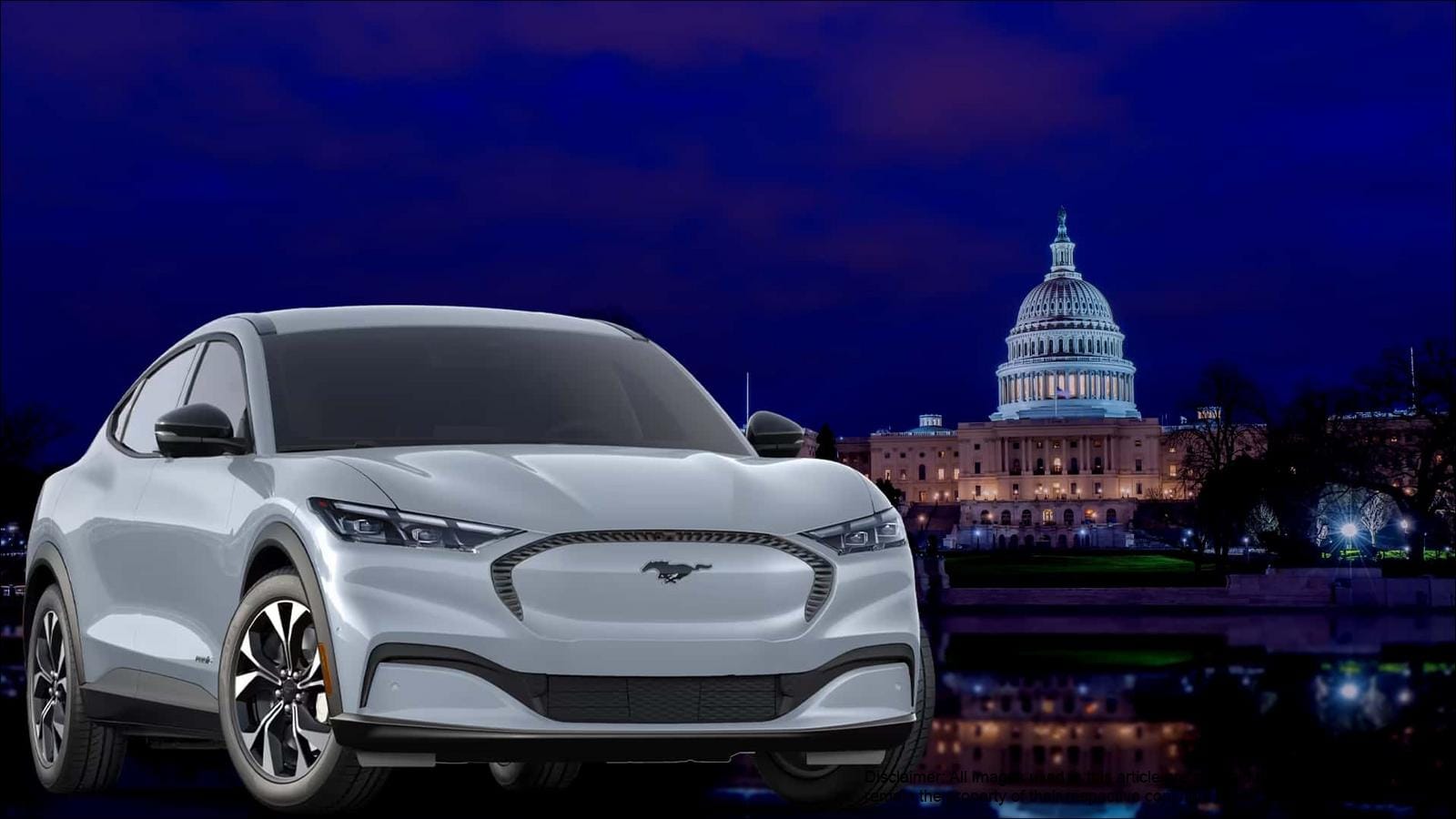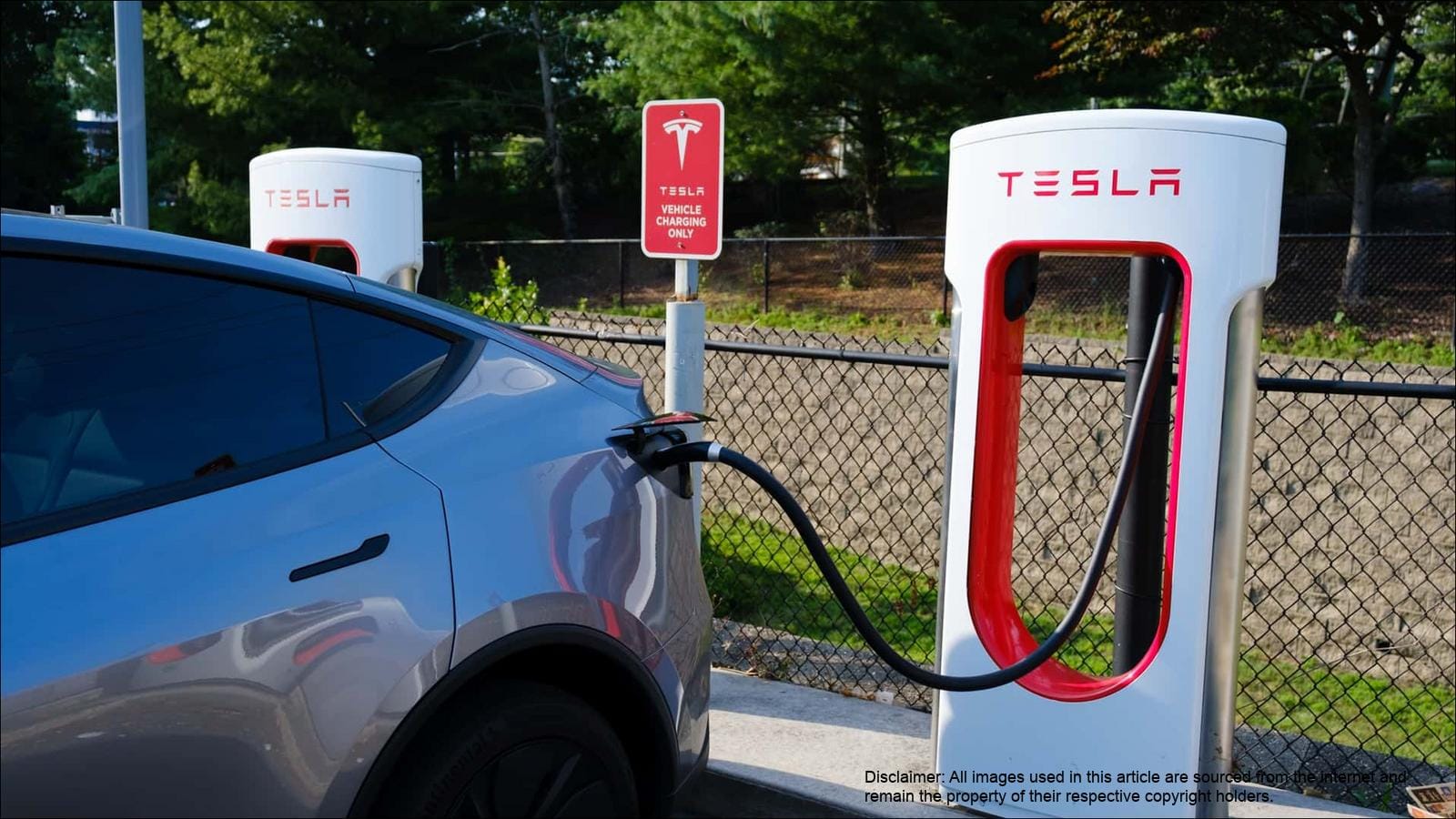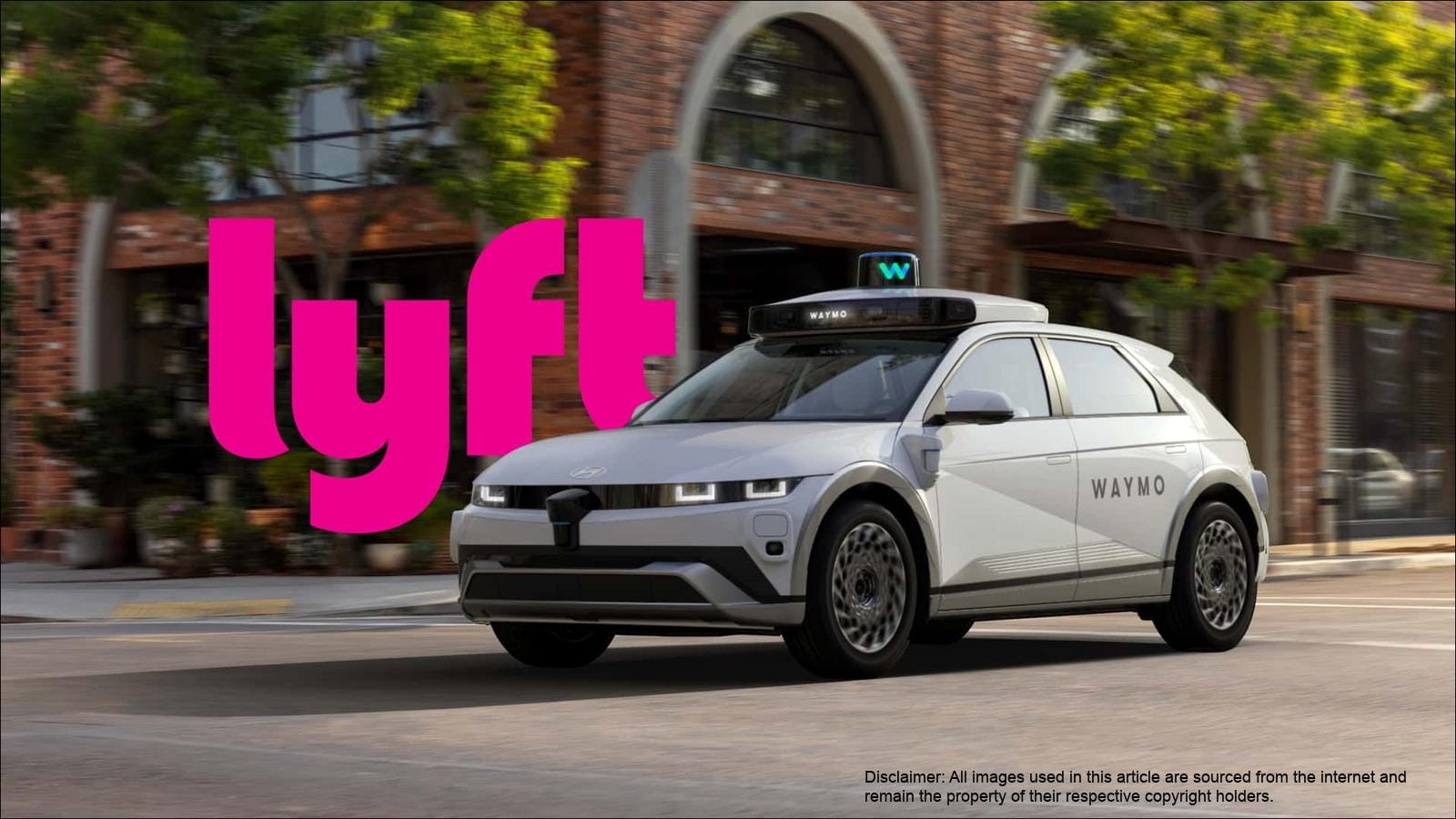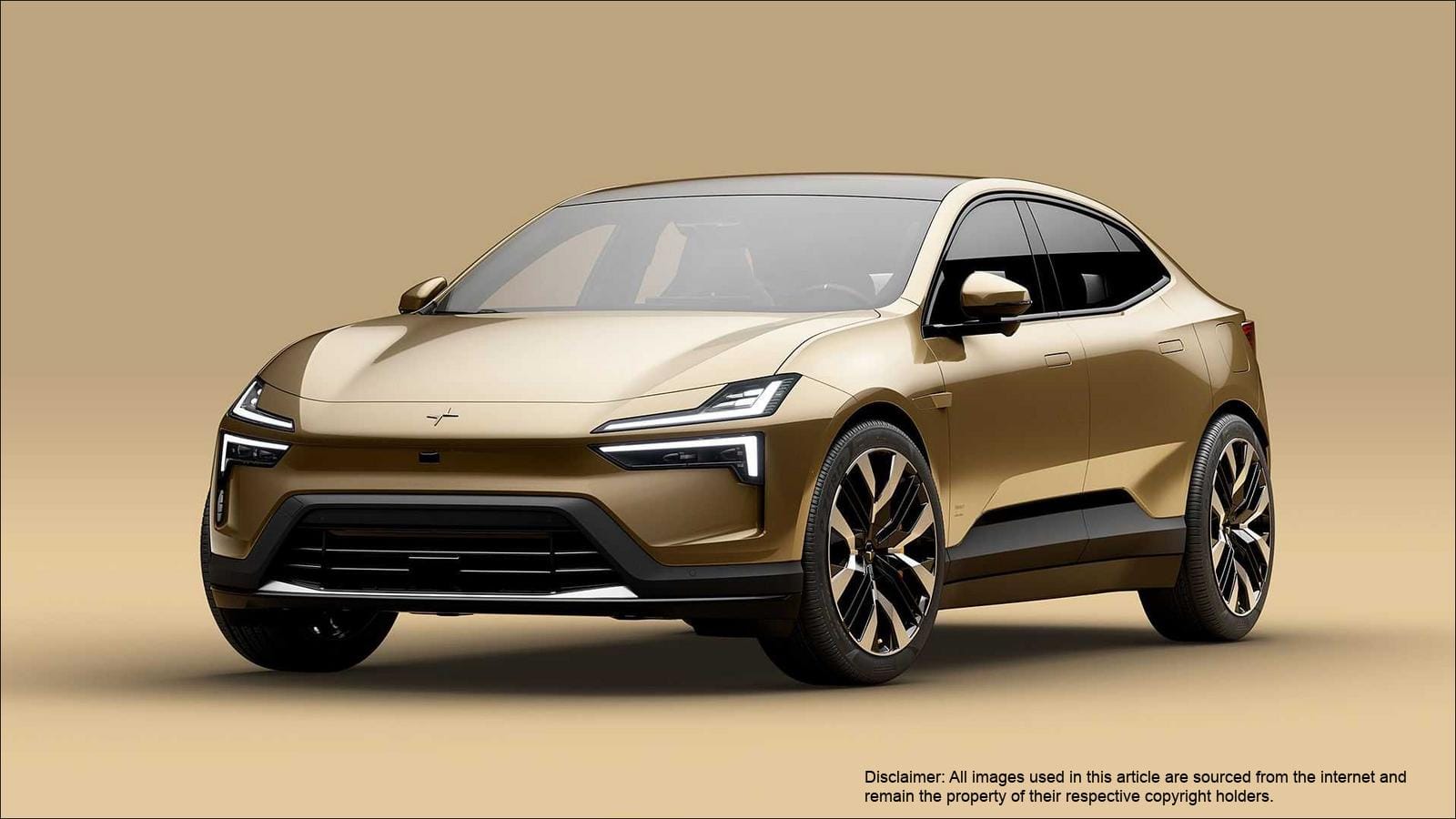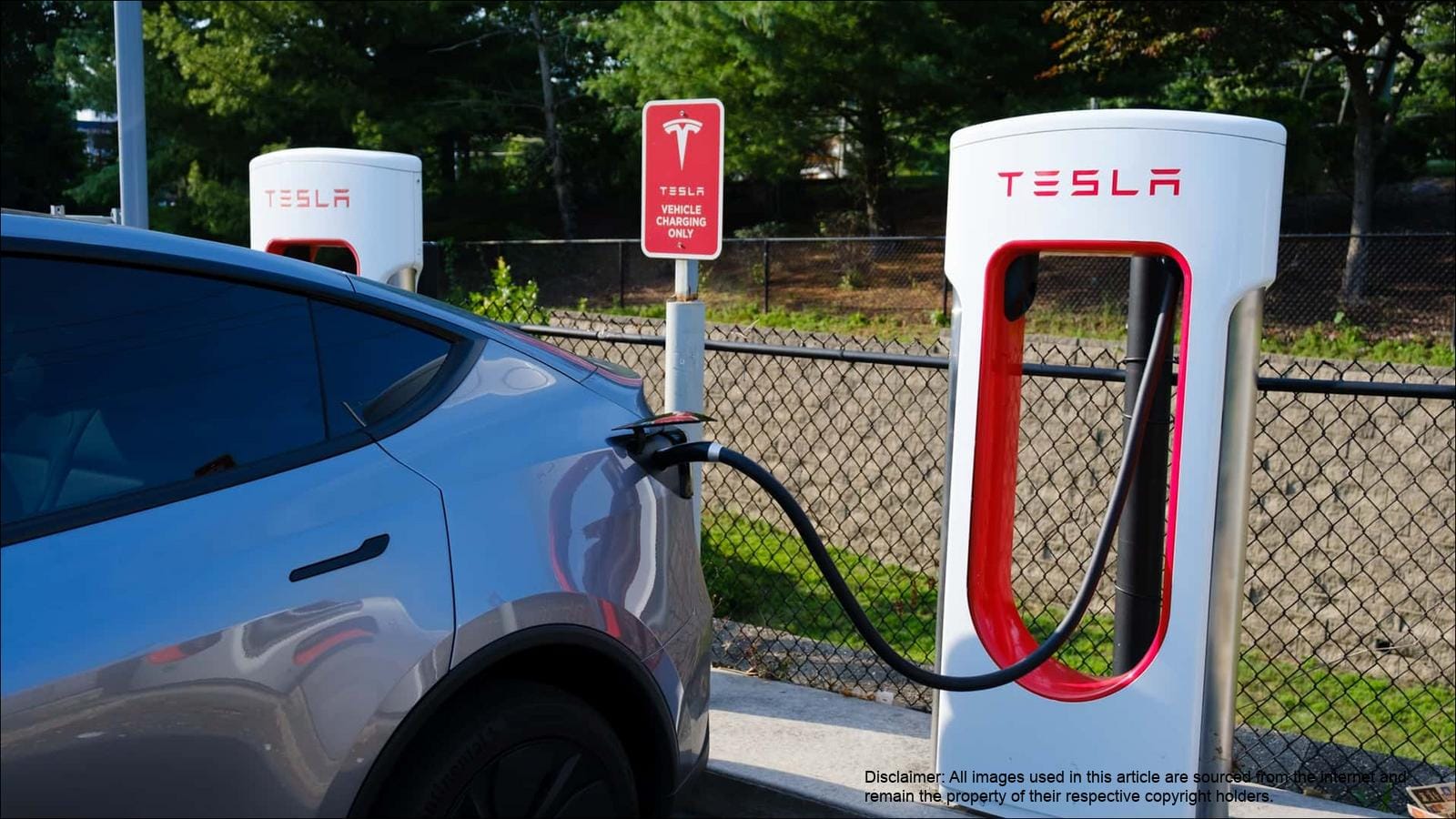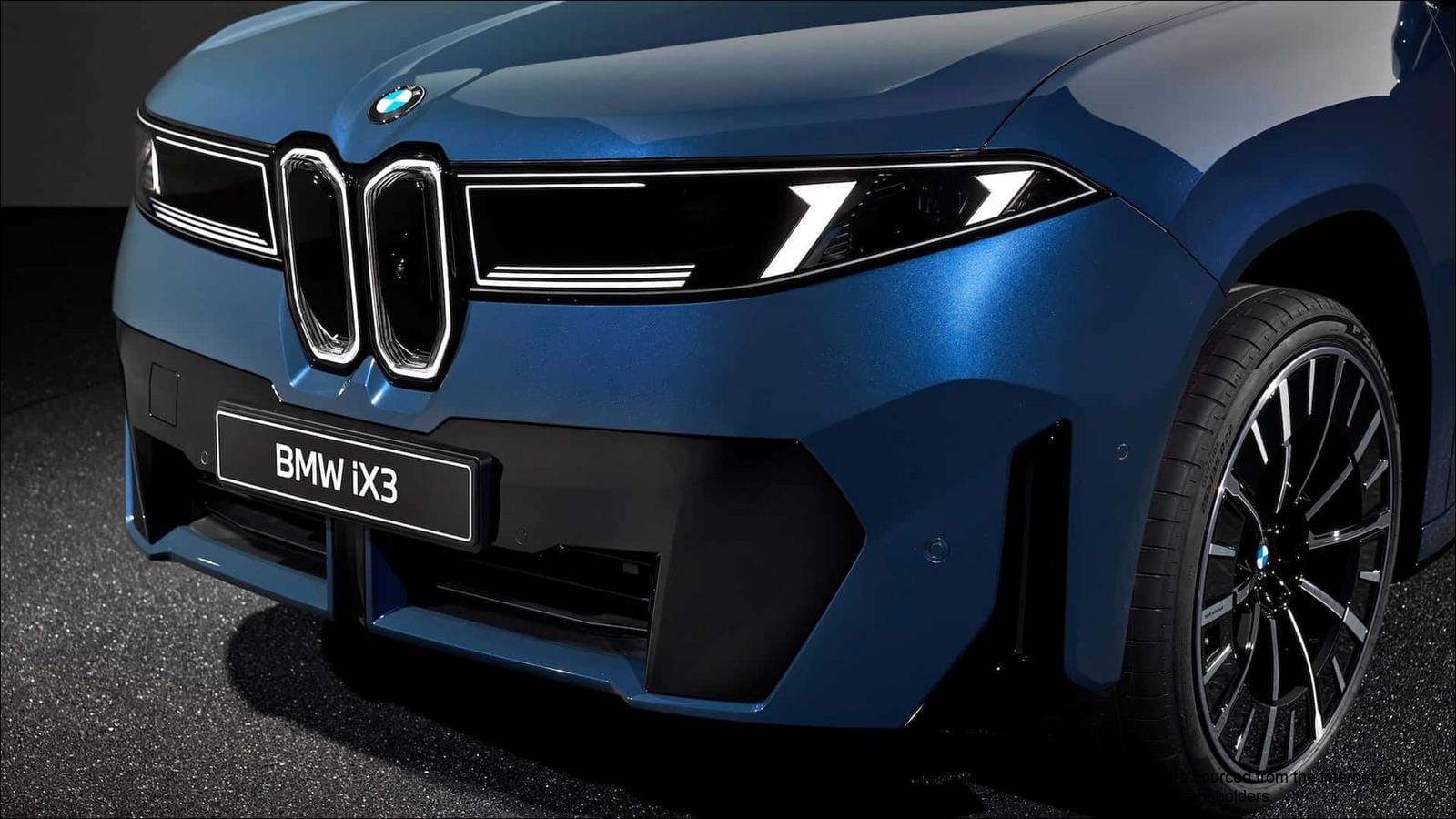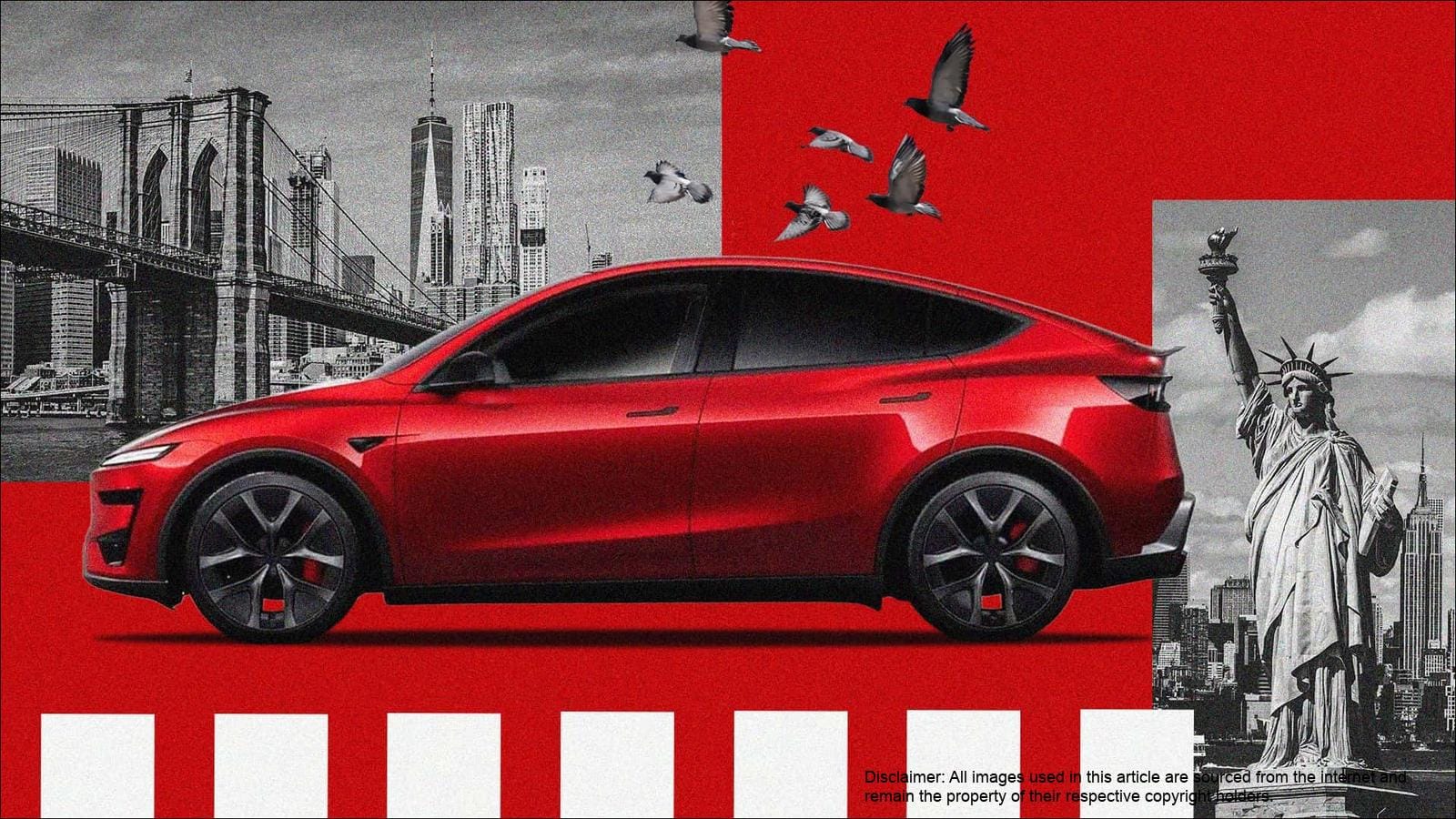Key Provisions and Potential Impacts
The proposed changes encompass several critical areas that directly affect the affordability and adoption of electric vehicles. One of the most significant is the elimination of the $7,500 tax credit for new EV purchases. This incentive has been a major driver for consumers considering the switch to electric, effectively reducing the upfront cost of EVs. The bill does include a limited exception for manufacturers who have not yet sold 200,000 EVs by the end of 2026, but this offers only a temporary reprieve for a select few companies.
Beyond the EV tax credits, the bill also targets other clean energy incentives. It eliminates tax credits for home refueling infrastructure, which helps offset the cost of installing EV chargers. Furthermore, it axes the $4,000 tax credit for used EVs and plug-in hybrids, making these vehicles less accessible to budget-conscious buyers. Tax credits that support the production of solar, wind, and battery components are also on the chopping block, potentially hindering domestic manufacturing and innovation in these sectors. Adding to the financial burden, the bill introduces a new “Car Tax” for EV and hybrid owners, amounting to $250 and $100, respectively, further disincentivizing EV ownership.
The move to end California’s emissions waiver is equally consequential. California’s stringent emissions standards have historically pushed automakers to develop cleaner vehicles, and the state’s regulations have been adopted by numerous others. Without this waiver, the pace of EV adoption could slow significantly, impacting not only California but also the many states that follow its lead. The table below summarizes the key provisions and their potential impacts:
| Provision | Description | Potential Impact |
|---|
| Elimination of $7,500 EV Tax Credit | Removes the federal tax credit for purchasing new EVs. | Reduced EV affordability, slower adoption rates. |
| End of California Emissions Waiver | Prevents California from setting its own emissions standards. | Potential slowdown in EV development, reduced innovation. |
| New “Car Tax” on EVs and Hybrids | Imposes an annual tax on EV and hybrid owners. | Increased cost of EV ownership, further disincentivizing adoption. |


